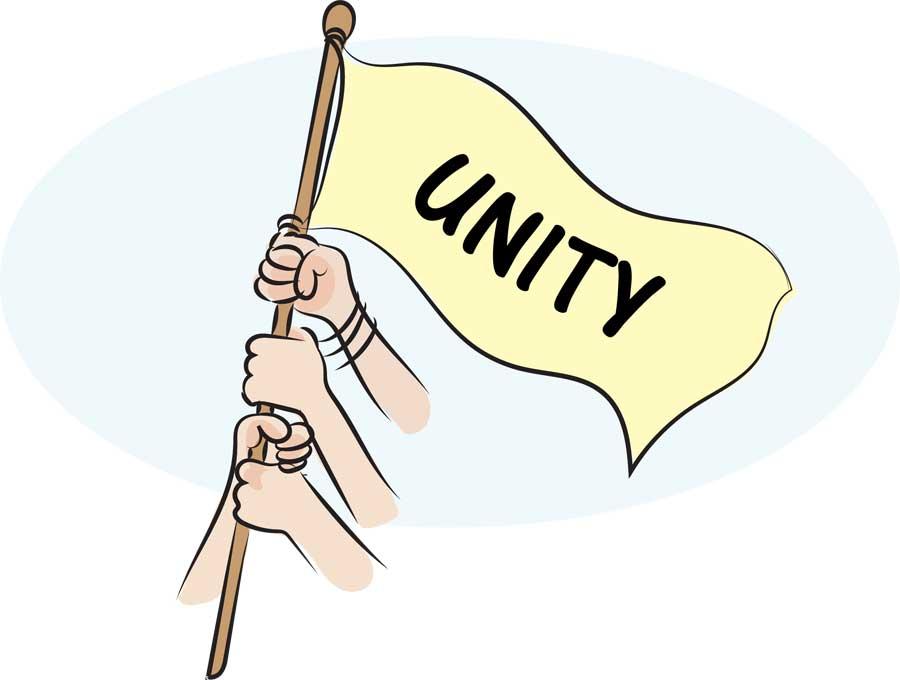04 Dec 2020 - {{hitsCtrl.values.hits}}

The cultural divide in the country gets highlighted when there is a natural disaster. Just hours ago Cyclone Burevi swept across the Eastern and Northern Provinces of Sri Lanka; thanks to Gods we worship the damage to lives and property wasn’t serious. But what’s serious is when people say that the cyclone blew through predominantly Muslim and Tamil areas. We’ve also heard people saying a patient died of Corona, but the remains of the deceased were not accepted by family members who are Muslims. Just a week ago Tami civilians were denied of the assistance of the law when they were unsuccessful in filing four petitions in the Jaffna Court requesting the green light to proceed with a ceremony to commemorate their loved ones who perished during the civil war.
When one reads between the lines there still exists an ethnic problem despite the civil war having ended in 2009 and the north and the east offering a peaceful environment for all to exist.
The loved ones of the Tamils, who perished in the war, wanted three days to commemorate their ‘war heroes’ and similarly the JVP wanted November 13 to celebrate their dead colleagues who threw their weight behind a struggle to free the nation from Indian forces who were here in Sri Lanka and the dictatorial regime led by the UNP.
The LTTE and the JVP were both banned movements at some time for being disruptive. But the JVP is allowed or tolerated because its leaders or ‘Sahodarayas’ are Sinhalese. But if you take both movements they had moved away from the frame of democracy and took the law into their hands. And most importantly they both wanted one culture to dominate and form a regime. There were times when the LTTE’s word was law in the north and the JVP controlled the south; during the late 1980s. Natural disasters really highlight the cultural divides of this island nation in the absence of a war now.
This nation was under the British rule for 133 years. It was the British who divided this nation. At the time of receiving independence the Tamils in the country were occupying 60% of the state jobs despite they forming 15% of the total population in Sri Lanka. Things became worse in the late 1930s when G.G. Ponnambalam’s agitating speeches led to the first Sinhala-Tamil clash in 1939. Ponnambalam rallied the Tamil community and formed the All Ceylon Tamil Congress. The congress even had a working relationship with the UNP. However, despite all that Tamil nationalism had raised its head by then.
In this context we must be surprised that Sri Lanka has been able to produce teams to contest international sporting events with its teams being well-represented by the members of each community in the island.
The crowning moment for the Sri Lankans came in 1996 (25 years ago) when the cricket world cup winning team had a match-winner in Muttiah Muralitharan, a Tamil Hindu, who was treated with love and respect. The Murali we know has fiercely guarded his Tamil identity while being in the limelight even after retiring from cricket and now being engaged in community activities.
Even though the war concluded and much of the damaged establishments were repaired by successive governments ‘nation building’ doesn’t seem to be the focus of the lawmakers. We still hear of issues at the Jaffna University; an institute which is also used by Sinhalese undergraduates. Tamils and Sinhalese even though not the norm encourage inter -community marriages when the bond of love between lovers is strong as steel.
We’ve read happy stories of former LTTE women cadres and members of the Army or Civil Security Force coming together as life partners. But those ‘sub cultures’ would always be kept under wraps.
There are records in history which state that SWRD Bandaranaike formed the Sinhala Council (1936) observing the success Ponnambalam gained through Tamil Nationalism. Generations of politicians after that never wanted to change the equation.
The Muralitharans (cricket), Lakshman Kadirgamars (politics), M.K Rocksamys (music/cinema) and Monoharans (music) were some of our Tamil heroes who contributed immensely through their respective fields to keep the lion flag fluttering. But their efforts have remained or made to look small by ambitious individuals who nurture nationalistic sentiments to widen the gap between the Sinhalese and the minorities.
30 Nov 2024 1 hours ago
30 Nov 2024 4 hours ago
30 Nov 2024 6 hours ago
30 Nov 2024 7 hours ago
29 Nov 2024 29 Nov 2024